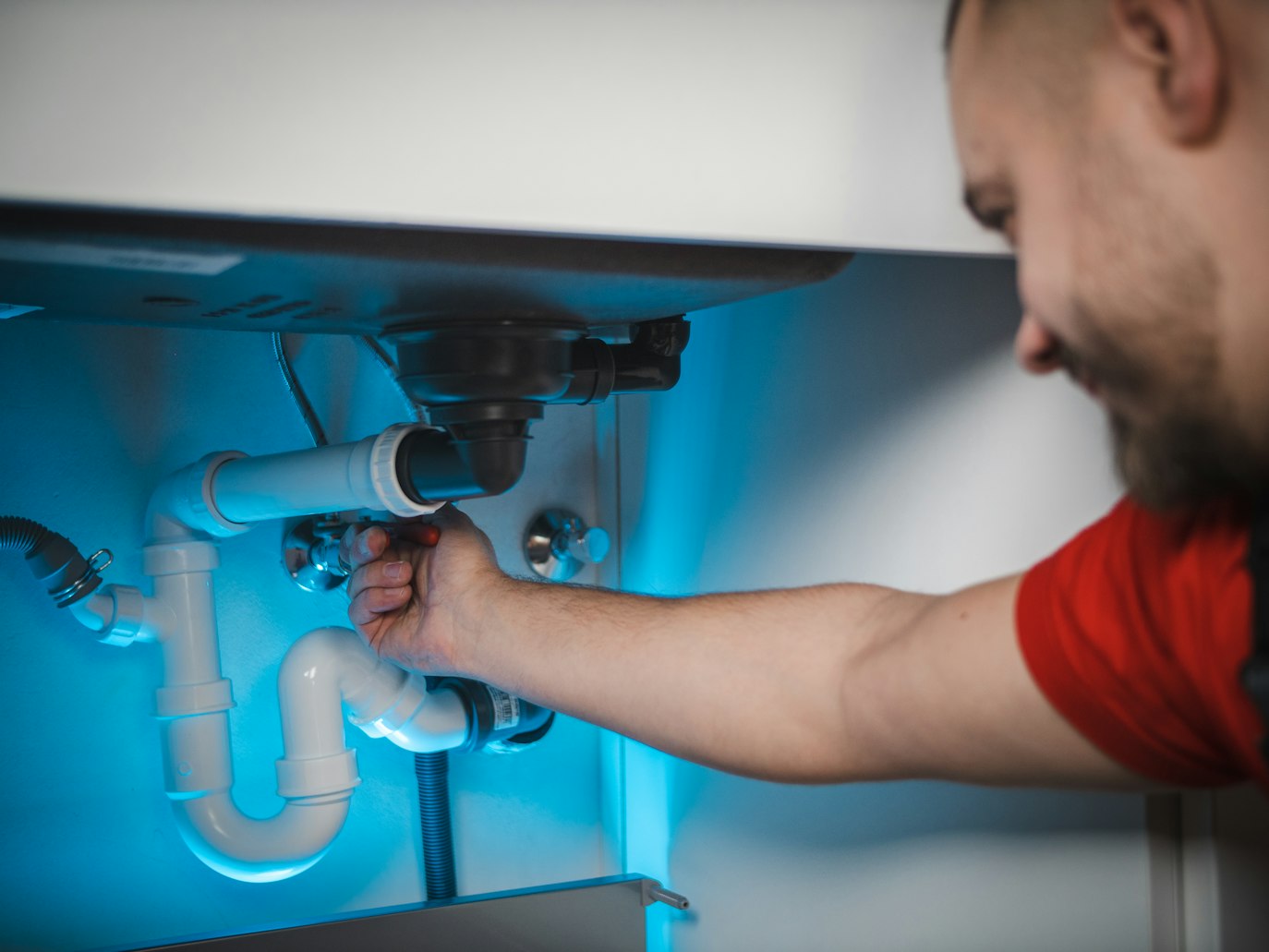Does Plumbing Go Under The Slab?

Homebuilding and maintenance projects depend heavily on understanding how the plumbing system functions, especially regarding its placement under a slab. A common question about plumbing is, “Does it go under the slab?” Unfortunately, the answer to this question may not be as straightforward as one might assume.
Understanding why pipes have been placed where they are can help detect potential issues that require troubleshooting later.
Repairing leaky pipes embedded within concrete structures can be challenging, but with professional plumbing services, you can trust experts to handle such issues efficiently. Learn more at https://jblantonplumbing.com/service-area/highland-park/.
What is the Slab?
Home construction jargon refers to the “slab,” or foundation, as a thick and flat concrete structure poured directly on the ground as the foundation for any building. When it comes to plumbing systems, water and waste pipes are embedded directly into this slab during construction as part of under-slab plumbing.
The purpose is to transport water efficiently without the risk of leaks or damages that compromise the structural integrity of a house. This approach makes repairs difficult due to having to access any issues beneath a slab foundation.
When Plumbing Is Under The Slab
Plumbing is typically installed under the slab in the following situations:
- New construction: During the construction of a new building, plumbing lines are typically embedded in the slab prior to the pouring of concrete. This is done to ensure efficient water and waste transportation while minimizing potential leaks and damage.
- Basement installation: Plumbing lines are often installed beneath the slab when constructing a basement. This allows for the easy installation of facilities such as toilets and sinks in the basement area.
- Building renovation: If a significant renovation involves altering the plumbing system, installing new plumbing lines beneath the slab may be necessary. This is especially true in older buildings where the existing plumbing system may be outdated or damaged.
- Installation of underfloor heating systems: In buildings where underfloor heating systems are being installed, plumbing lines may need to be placed beneath the slab. This is because these heating systems often rely on hot water pipes that are installed beneath the floor.
Each of these situations requires careful planning and execution to prevent potential issues such as leaks or damage to the plumbing system. It’s also important to factor in the potential difficulties of accessing and repairing under-slab plumbing in the future.
When Plumbing Isn’t Under The Slab
While under-slab plumbing is common, certain scenarios may warrant a different plumbing approach. Here are a few circumstances where plumbing isn’t placed beneath the slab.

Elevated Buildings
In regions prone to flooding or with high water tables, buildings are often constructed on stilts or piers. This elevation prevents flooding in the living areas. Since these buildings do not have a ground-level slab, plumbing is typically installed above ground and routed through the structure’s elevated floor.
Historic Homes
Many older, historic homes were built before the widespread use of slab foundations. Their plumbing systems are often installed within the crawlspaces beneath the house or within the walls. Altering these systems to install under-slab plumbing could compromise these homes’ historical authenticity and structural integrity.
Mobile or Prefabricated Homes
Mobile and prefabricated homes often don’t utilize slab foundations. Instead, these structures are constructed off-site and transported to their final location. Their plumbing systems are typically pre-installed and routed through the walls or floor, negating the need for under-slab plumbing.
Climate Considerations
Plumbing is typically not installed under the slab in areas subjected to extremely cold temperatures to prevent the pipes from freezing. Instead, pipes are routed through heated spaces within the building to keep them above freezing-temperatures.
Ease of Access and Modification
In some cases, plumbing might be installed in areas, allowing easier access for repairs or modifications. Installing pipes under a slab can make it difficult and costly to access them if repairs are needed. Therefore, plumbing might be routed through walls or above-ground crawlspaces to facilitate easy maintenance.






